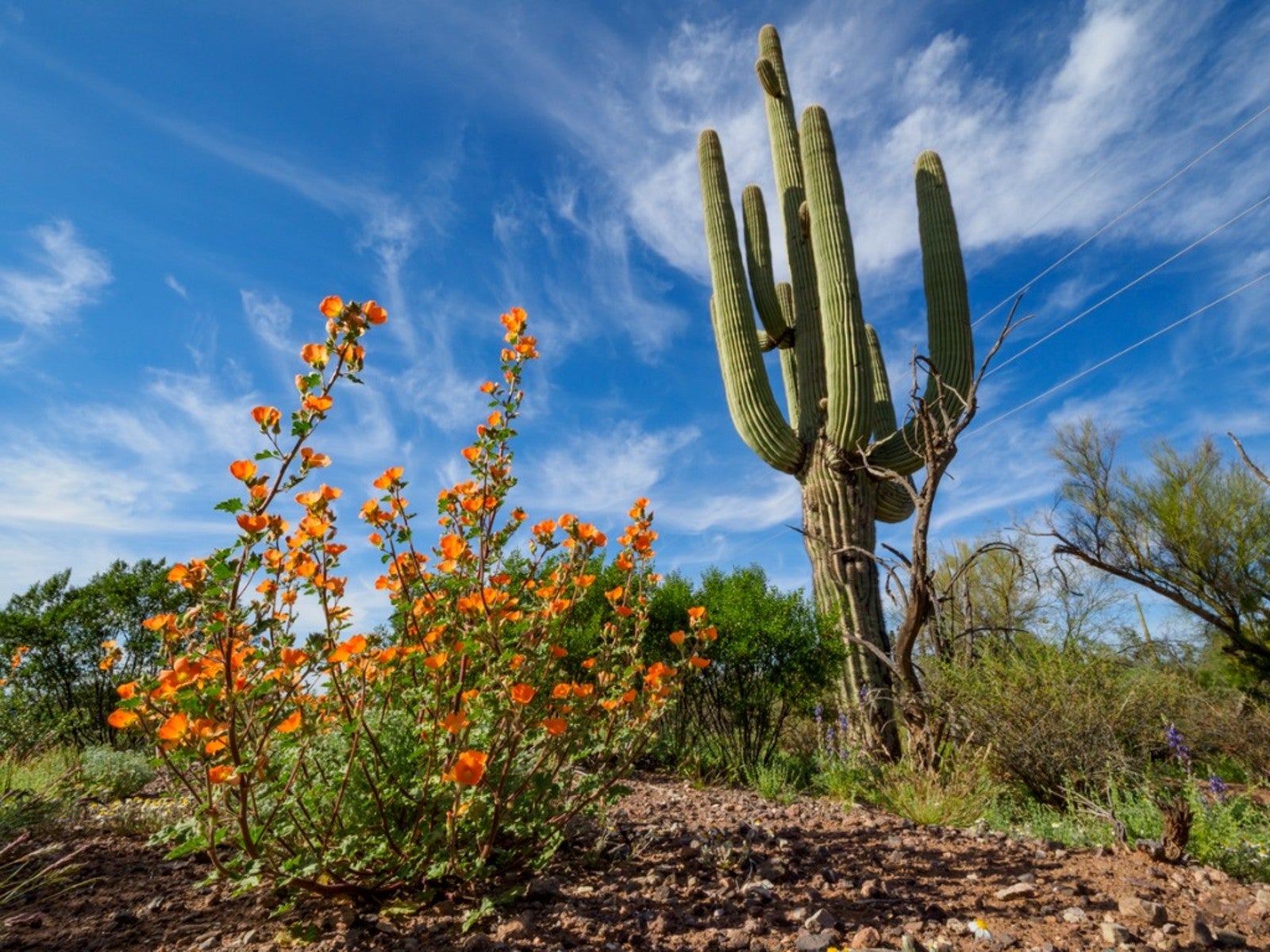Survival Adaptations For Plants In The Desert


All plant life has evolved with specialized adaptations to help them survive in their environment. Plants need light and water to grow. The latter need is a difficult one to acquire in desert conditions. So how do plants in the desert survive? By numerous adaptations of desert plants which are key to their growth and reproduction. Nature is amazing in the ways it solves complex problems through evolution.
Deserts are known for their harsh conditions. Very arid soil and air, blistering heat during the day and often freezing nights, poor soil nutrients, and other extreme circumstances. This makes for a challenging environment in which plants can grow. Plant adaptations in the desert are necessary for them to gather and store moisture and prevent excess transpiration. They also need protection from extreme sunlight, which could burn their tissues. Desert plant adaptations are some of the most amazing in the Earth's flora.
How Have Plants Adapted to Survive in the Desert?
Plant adaptations are a response in a species over time to excel in their indigenous environment. It also happens in mammals and aquatic species, but in desert plants, these modifications help the group endure extreme conditions. A true desert is where the amount of water coming in through precipitation is less than that lost in evaporation. These are not favorable conditions to satisfy most plant life. Yet the astounding adaptations of desert plants turns the table on this less than optimal situation. One crucial modification is how they photosynthesize. They harvest daytime sunshine but wait until nightfall to open their stoma to take in carbon dioxide. This completes the photosynthesis cycle, but also reduces moisture loss.
How Do Plants in the Desert Survive Without Water?
Many desert plants have developed secret weapons to help them thrive. Exterior features are crucial to prevent moisture from evaporating. Spines on cactus are used to shade the plant and prevent it from getting eaten. A waxy coating on many succulents prevents excess moisture from evaporating. Many desert dwelling plants also produce either no leaves or small foliage. This is a good strategy for avoiding moisture loss but bad for photosynthesis, which is why many succulents are slow growing. Plants with glossy leaves reflect sunlight away, reducing the surface temperature of the plant.
Other Plant Adaptations in the Desert
The way arid zone plants acquire and store scarce moisture is a clue to how they survive. Many develop huge taproots that plunge deep into soil where a bit of moisture might yet lurk. Others have specialized water storage structures or organs. The thickened trunks which contain water. These caudexes are essential to the plant surviving drought. Other plants have swollen leaves and stems which store water.
Some plants have leaves which grow upward, funneling any dew down to the roots for use. Still others have a repellent response which keeps competitive species from growing nearby. This leaves more water for the repellent plant's use. Desert plants are amazing in their adaptations and strategies, something we could learn from in our efforts to conserve water.
Sign up for the Gardening Know How newsletter today and receive a free copy of our e-book "How to Grow Delicious Tomatoes".

Bonnie Grant is a professional landscaper with a Certification in Urban Gardening. She has been gardening and writing for 15 years. A former professional chef, she has a passion for edible landscaping.